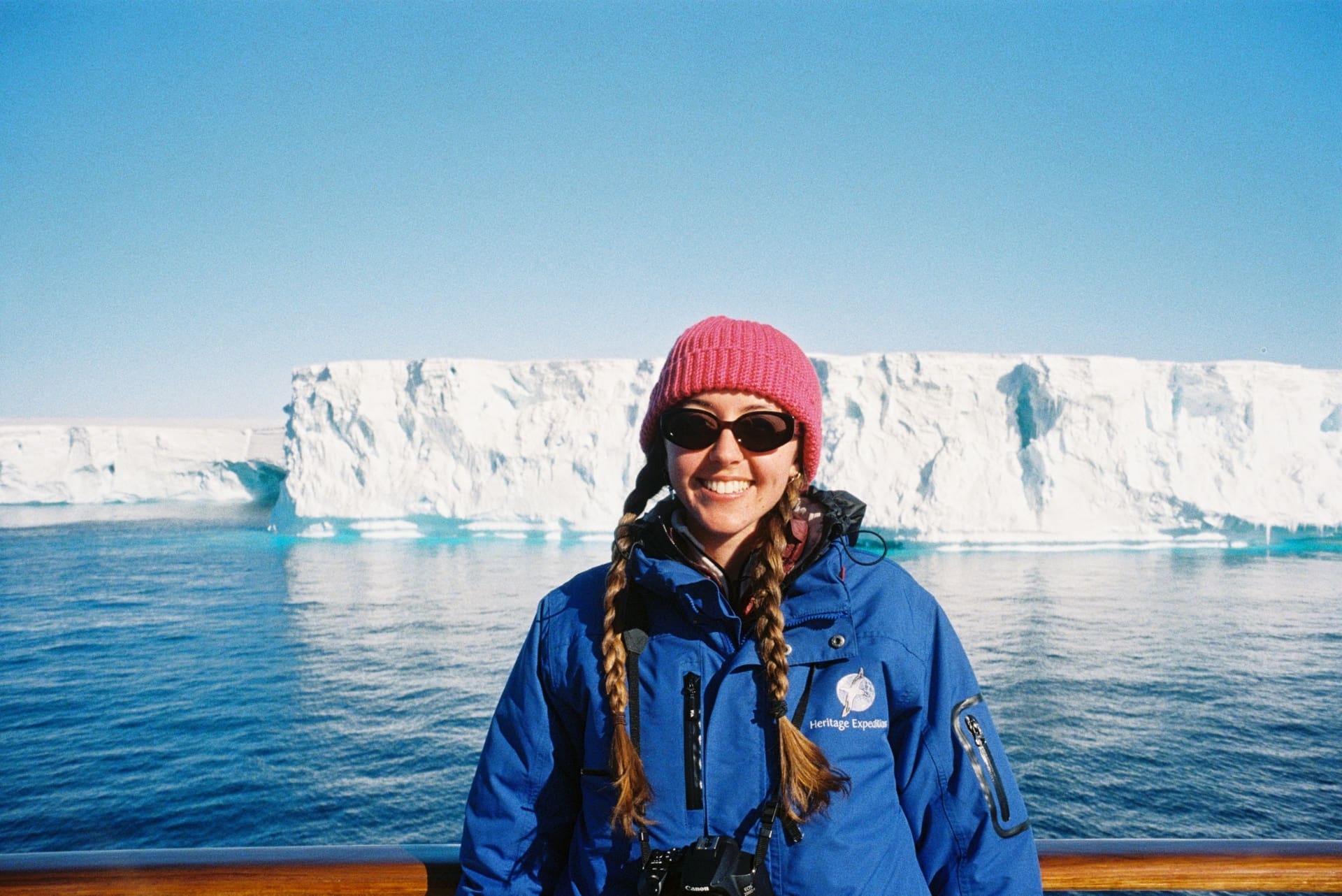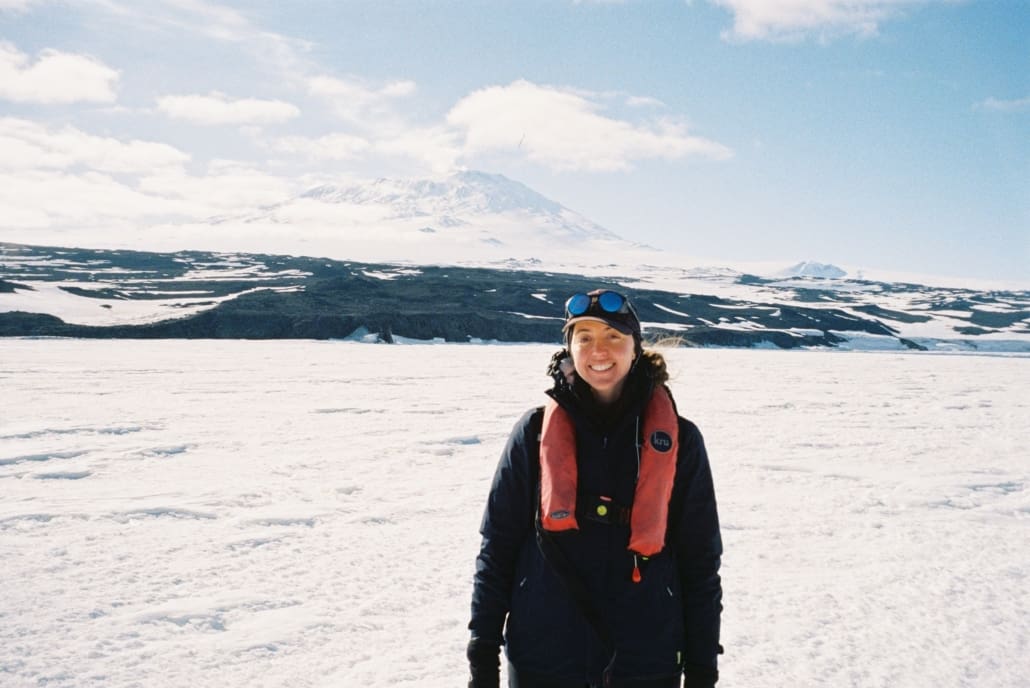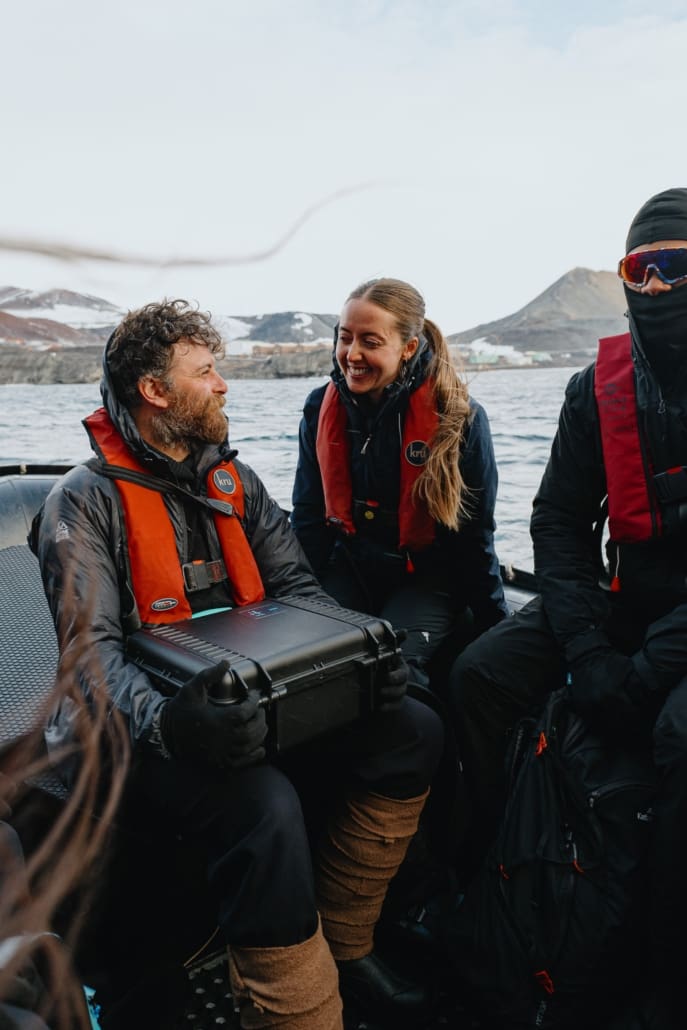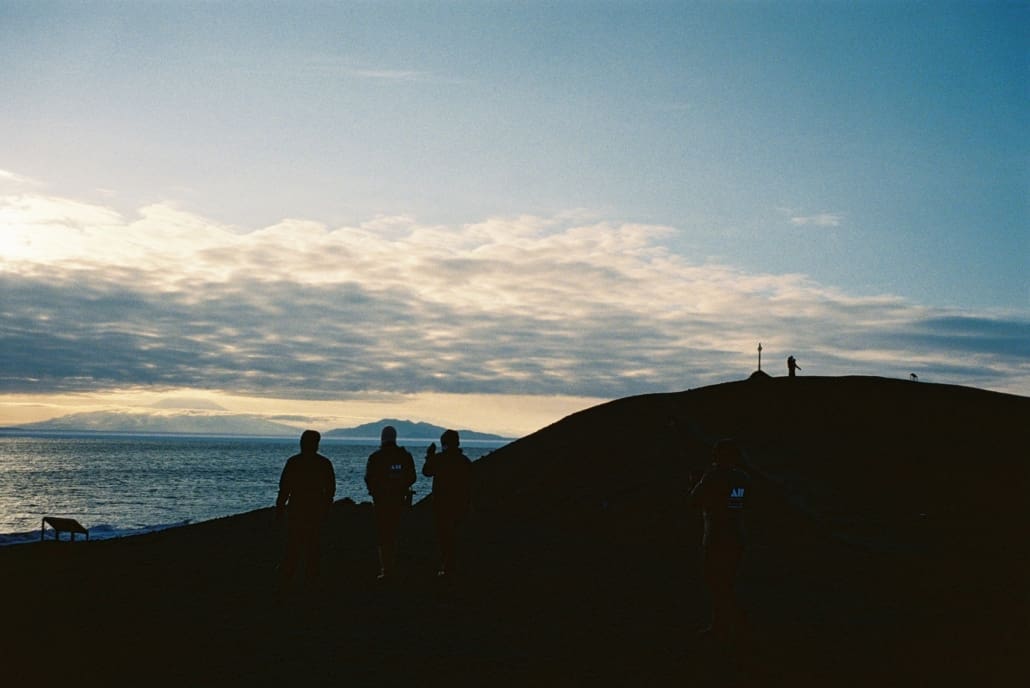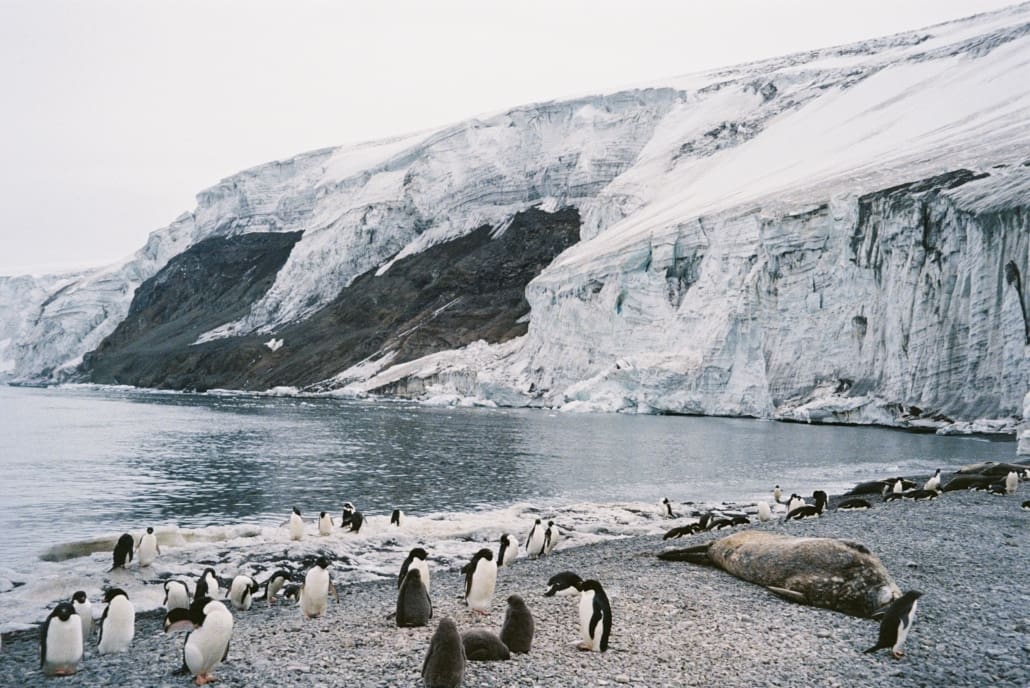Expedition Blog – Louise Piggin, Ross Sea 2025
When I was approaching my final weeks of high school, my teacher asked every student in the class to share what our plans were after graduation. Most people had incredibly clear goals and career paths, heading to university or into vocational training. My answer was up in the air. I didn’t know how to connect the dots between an interest in history and a career in heritage.
Yet somehow, in January 2025 I found myself physically immersed in heritage in the best way possible – walking quietly through the historic Antarctic huts built by Scott, Shackleton and Borchgrevink’s expedition teams and learning about one of the most ambitious (and successful) cold-climate conservation projects in the world.
Despite now working as a Conservation Technician, I wasn’t aware of the profession until graduating and entering the museum sector. Conservation is an incredibly interesting (and often under the radar) aspect of museum and cultural heritage. Conservators work to care for the tangible and intangible aspects of cultural heritage, to protect their historical and cultural significance for future generations, through assessments, treatment and preventive work.
The need for holistic consideration of significance became abundantly clear as I was immersed in the physical environment of each hut during our expedition, and experienced what Antarctic Heritage Trust’s former Programme Manager, Al Fastier, describes as the ‘spirit of place’. This feeling was evoked through the smell of the buildings, the sound of the floorboards, the still air on your skin, the sight of bunks where explorers slept. It was an immense privilege to experience both the remnants of a remarkable chapter in history, and to professionally analyse the conservation work completed on the huts.
Being offered the unique opportunity to undertake conservation treatment on an Antarctic object and then return it to Scott’s Discovery hut completely blew me away. Although I work with historic items every day, it was something entirely different to conserve and then return The Count of Monte-Cristo back to Antarctica. Placing the book back onto a shelf, perhaps where it was once read by explorers, was a full circle moment I’m not sure I’ll ever experience again.
Illuminated by the soft light from a nearby window, the object covered in smudged sooty fingerprints from use in this place, was now back in context. What had felt slightly out of place in the pristine Conservation lab in Christchurch, made perfect sense surrounded by lamps, blackened canvas and crates full of food supplies.
After we visited the final hut, I reflected on why I feel drawn to history and heritage and I think it is the interconnectedness of people through time. Conservators work to ensure taonga of our past will exist for people they will never meet. They honour our past through the tangible preservation of objects and buildings, which in turn tell stories which inspire and educate generations.
The journey to Antarctica reminded me of how deeply entwined our lives are – through history to our day-to-day lives. Like the men who ventured into the Antarctic unknown, we depend on each other to survive. While not as extreme as Shackleton forcing his last biscuit down Frank Wild’s throat (which Wild later admitted saved his life), our lives intersect and overlap even on the simplest of days. The Antarctic Heritage Trust’s work to build this interconnectedness – while looking to the past for inspiration – has reinforced to me how important it is to seek out new connections and adventure, to be brave in my life. I am incredibly grateful to those who made this opportunity possible. Because of you, the unforgettable people and places of Antarctica are now woven into my own life and history.
This rang true when wandering through the galleries of the London Natural History Museum on a hot June day, I spotted a lone egg. It turned out to be the very Emperor Penguin egg which three of Scott’s men battled the most extreme winter conditions to retrieve, and which was forgotten about for many years in the museum collection. It was bizarre – standing in a dark, stuffy room with a simple display case, yet feeling so connected to this item, and to my team back home who are intertwined in every memory I have of Antarctica. It’s a privilege my job involves caring for collection items which hold such powerful stories, and my attitude to this work feels enriched after having visited such a significant source environment. Whether from the past or the present, Antarctic Heritage Trust has emphasised to me the transformative power of people, places and possessions and I can’t wait to see what the future – inevitably full of interconnection will hold.

